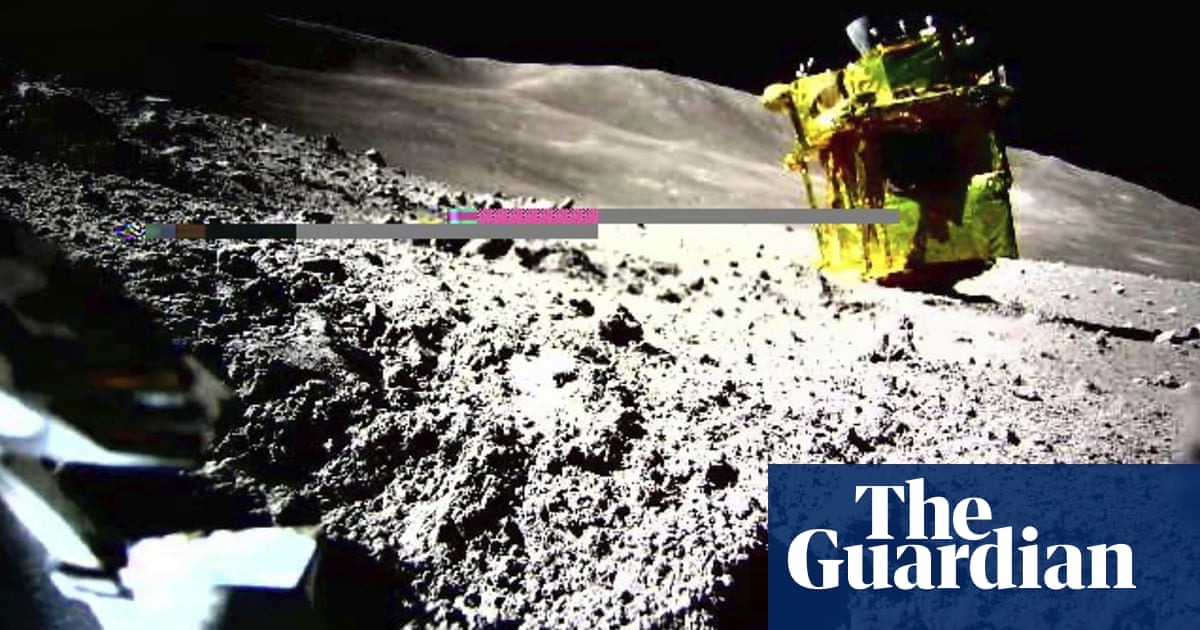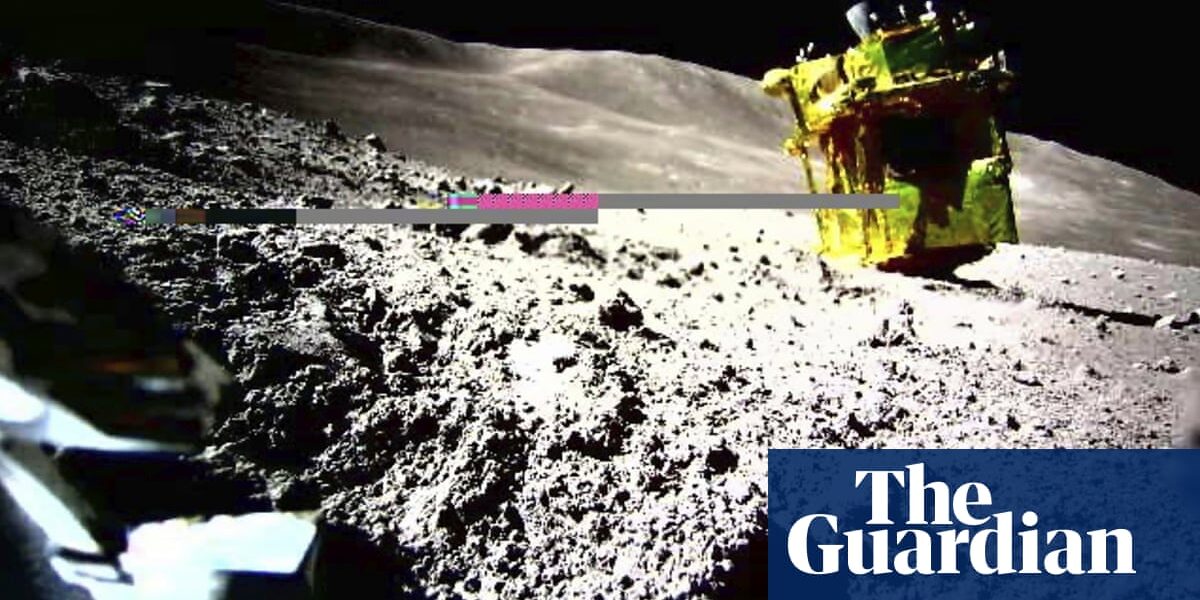The moon lander from Japan successfully endured a two-week lunar night despite a rough landing.

The space agency of Japan has announced that their moon lander has received a signal from Earth, indicating that it has successfully endured the two-week lunar night.
The unmanned Slim spacecraft successfully landed on the Moon last month, but its solar panels were initially facing the wrong direction due to a wonky angle. However, as the sun’s position changed, the spacecraft was able to function for two days and collect scientific data using its high-quality camera to observe a crater.
Jaxa reported that the lander entered a dormant state once more with the onset of darkness and due to its lack of preparation for the extreme conditions of the lunar nights, it is uncertain if it will wake up again.
On Monday, Jaxa stated that they had sent a command the previous day and Slim had responded. Slim was able to survive a night on the moon’s surface and maintain its ability to communicate.
The message stated that communication was ended quickly due to the high temperature of the communication equipment during lunar midday. Efforts are being made to restart operations once the instrument temperatures have cooled down enough.
On January 20, Slim, known as the Moon Sniper for its accurate landing capabilities, successfully landed within its intended target area.
Japan’s space program achieved a significant victory with the successful “soft landing” on the moon, making them the fifth country to do so after the US, Soviet Union, China, and India. This success comes after a series of setbacks for the program.
During its descent, the craft experienced engine problems and ended up on its side with the solar panels facing west instead of up.
Jaxa celebrated a triumphant launch of its H3 rocket on February 17th, finally achieving success after multiple delays and two unsuccessful tries.
Other countries such as Russia, South Korea, and the United Arab Emirates are also attempting to reach the moon.
On Thursday, the uncrewed Odysseus lander, built by a private company and funded by Nasa, successfully landed near the southern pole of the moon. This marks the first US spaceship to reach the moon since the Apollo era.
The creator of the American spacecraft stated that it was most likely in a horizontal position following its intense landing, while those on the ground were attempting to retrieve information and pictures from its surface.
Last year, the private company ispace made an attempt to land on the moon. However, the probe experienced a “hard landing” and communication was lost.
Source: theguardian.com


